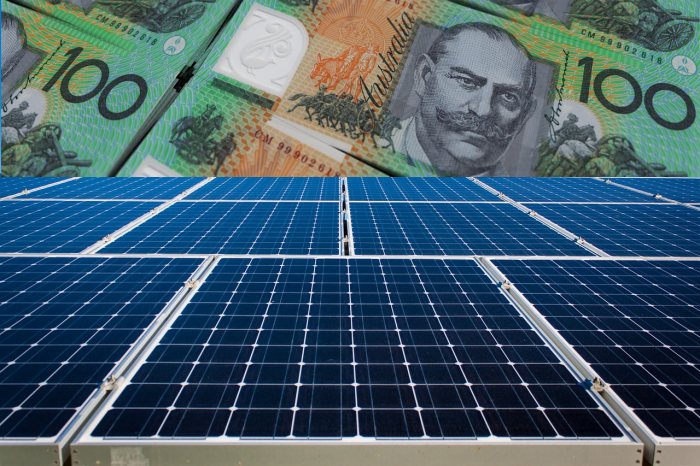
Image: QuinceMedia/Stocksnap
The Queensland Competition Authority seems pleased with the progress of feed-in tariffs in SE QLD during the last financial year, but warns solar owners to shop around.
In South-East Queensland1 feed-in tariffs are voluntary, meaning retailers aren’t required to pay anything for exported solar electricity – but most do. The QCA found 16 electricity retailers with solar feed-in tariffs associated with residential electricity plans and 13 retailers with offers for small business during 2017/18
For households, the range of feed-in tariff rates expanded from 6–15 cents per kilowatt hour in the first half of the year to 6–20 cents per kilowatt hour in the second half, thanks to more generous offers from AGL and Mojo Power. The average feed-in tariff also increased in the second half of 2017–18, and EnergyAustralia also played a role there.
For small businesses, the range was 6–16.1 cents per kilowatt hour in 2017–18. The average increased from 9.7 cents per kilowatt hour in the September quarter to 10.2 cents per kilowatt hour for the June quarter.
What About Now?
The QCA report (PDF) is interesting, but only covers until the end of June. So, what about right now – particularly the high residential rates from AGL and Mojo Power?
A 20c feed in tariff (called Solar Savers) is still available from AGL. You can read an in-depth review of Solar Savers here.
Mojo Power is also still offering 20c (PDF) – but it’s important to note that it only applies to the first 2,000kWh exported a year; then it drops to 9c. If you have a 5kW or 6kW solar system and aren’t at home during the day Monday to Friday, then it would be quite easy to exceed 2,000 kWh of exports over a year.
Also bear in mind the highest buyback rate isn’t always the best – there can be various devils in the details such as the export cap for a high rate mentioned above, higher supply charges and other nasties, so solar owners should compare deals and read the fine print carefully.
“The growth in the solar market is now stimulating a wide range of FiTs from retailers, giving consumers the power to choose the FiT that best meets their needs,” said Queensland Energy Minister Dr Anthony Lynham
According to the State Government, around 33% of Queensland households have installed solar panels and a new solar power system is being added somewhere in the state every 15 minutes.
Footnotes
- A fixed, mandatory feed-in tariff applies in regional Queensland, currently set at 9.369 cents ↩

 RSS - Posts
RSS - Posts



I’d like to commend the queensland government for their assistance to home owners to get solar installed on their rooftops and start making a big dent in their electricity bills. My daughter benefited from the Interest free solar loan scheme. The scheme was very efficiently handled, installers co operated greatly and she is now making good savings at a cost she can afford, something she would not have been able to do without the scheme. So refreshing to see a government actually doing something positive for its Citezens and the environment.